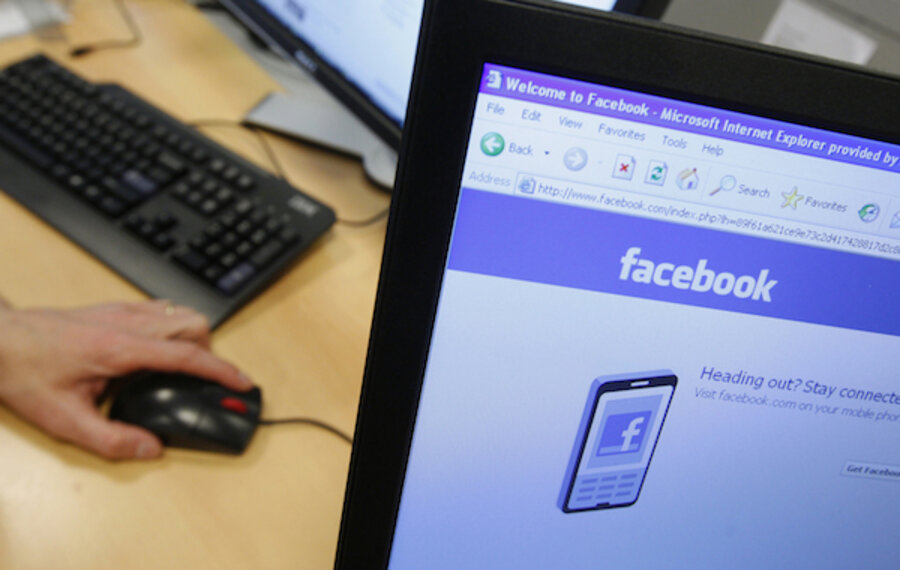Facebook updates explicit content policy
Loading...
Be wary Facebook users: beheadings may pop up on your newsfeed.
Facebook has clarified its explicit content policy, stating people are able to share graphic content – as long as it is shared to condemn it. The social media site has been flip flopping its policy over the last few months, as reports from the BBC and pressure from its safety advisors has highlighted the gray line Facebook walks as a conduit for shareable, sometimes questionable, information.
The issue started in May when the BBC asked Facebook about videos the site had allowed to be shared on the site depicting graphic violence. At the time, Facebook said, “its users had the right to depict the ‘world in which we live.’ ” However, following a later interview by the BBC with one of Facebook’s safety advisors who expressed concern over the graphic content, the site issued a statement saying they were taking down the content it had been alerted of, and would re-evaluate its policy.
This was the last Facebook users heard about it until Monday when the BBC reported that a graphic video, which was believed to be filmed in Mexico and showed a woman being beheaded by a man in a mask, was still up on the site despite users demanding it be taken down. On Monday, Facebook responded to the outrage confirming that the videos would remain on the site in order for users to “condemn” the violence, though it was considering adding a warning onto explicitly graphic content.
By Tuesday, however, it reversed its stance yet again, releasing a statement saying it was “strengthening” the enforcement of their policies. This will include taking a “holistic” look at the content in question, which includes taking into account the context in which it is uploaded, the user who is sharing the content, and whether or not it glorifies violence. If the content fails to meet these standards, it will be removed. The first example? The beheading video that sparked the most recent outcry was taken down yesterday.
Facebook’s Community Standards now states under the “Graphic Content” heading:
When people share any content, we expect that they will share in a responsible manner. That includes choosing carefully the audience for the content. For graphic videos, people should warn their audience about the nature of the content in the video so that their audience can make an informed choice about whether to watch it.
This also comes in light of Facebook’s recent privacy changes that allow anyone to be found on Facebook search, and teenagers’ content to be shared publicly.








